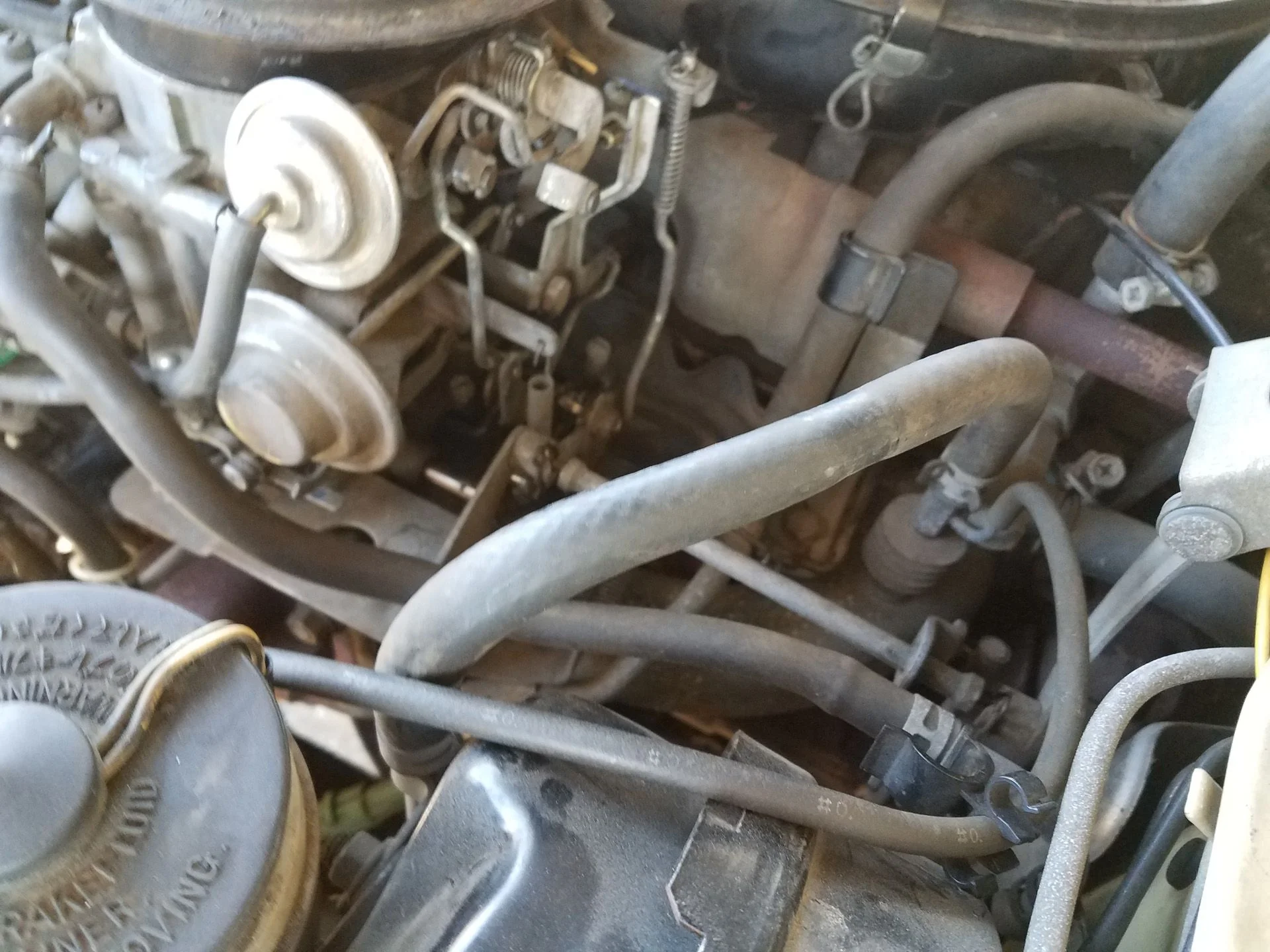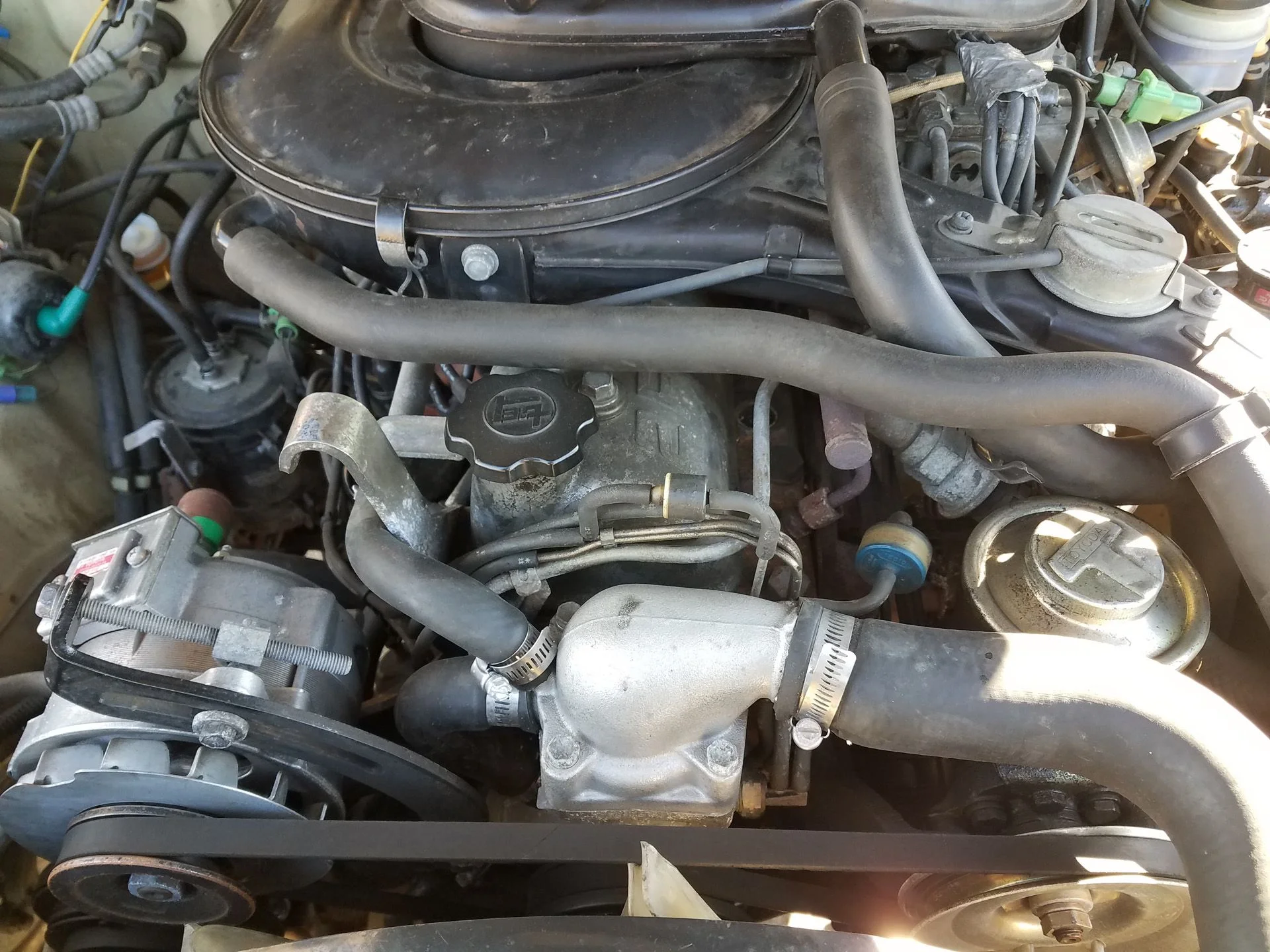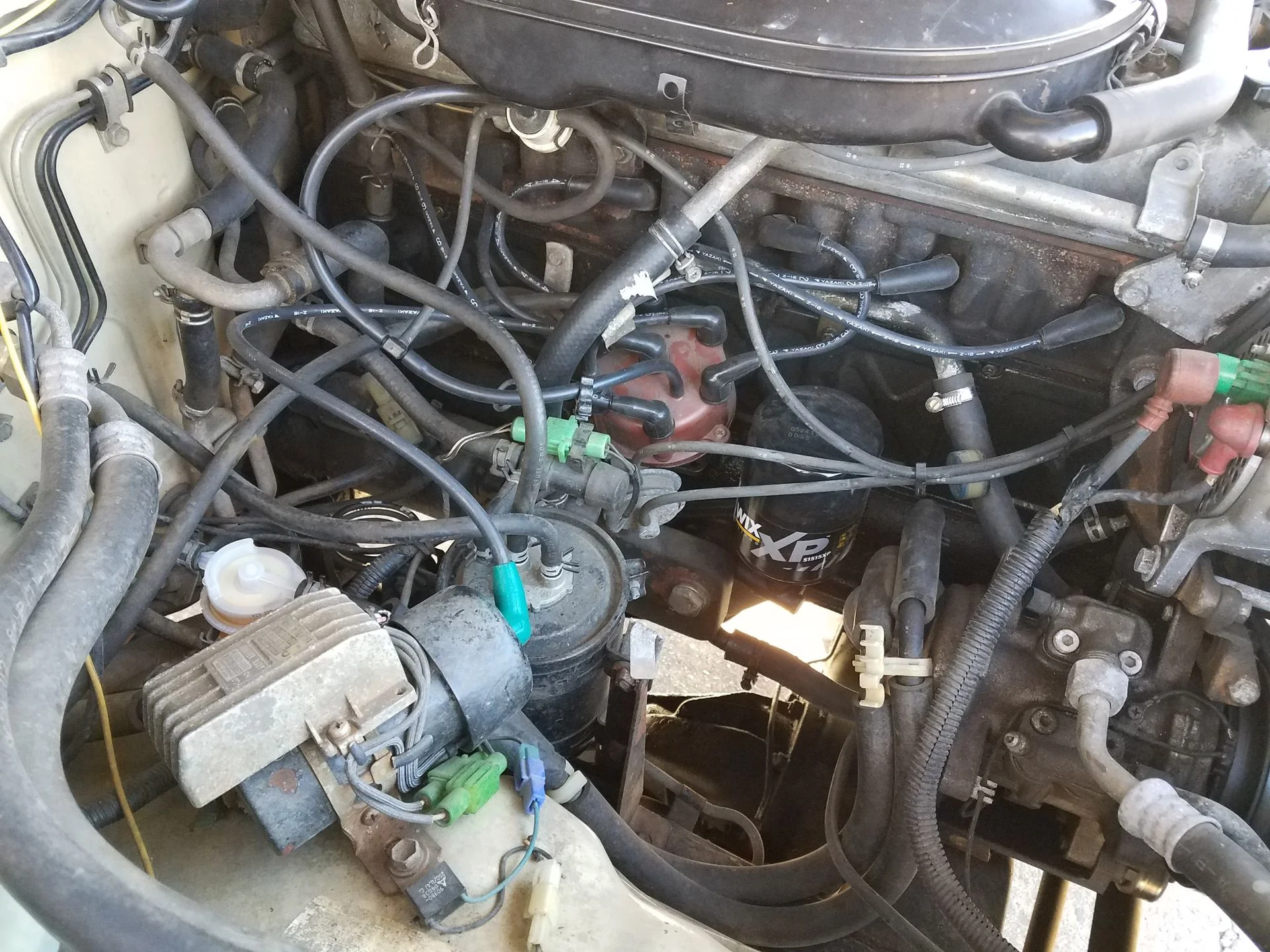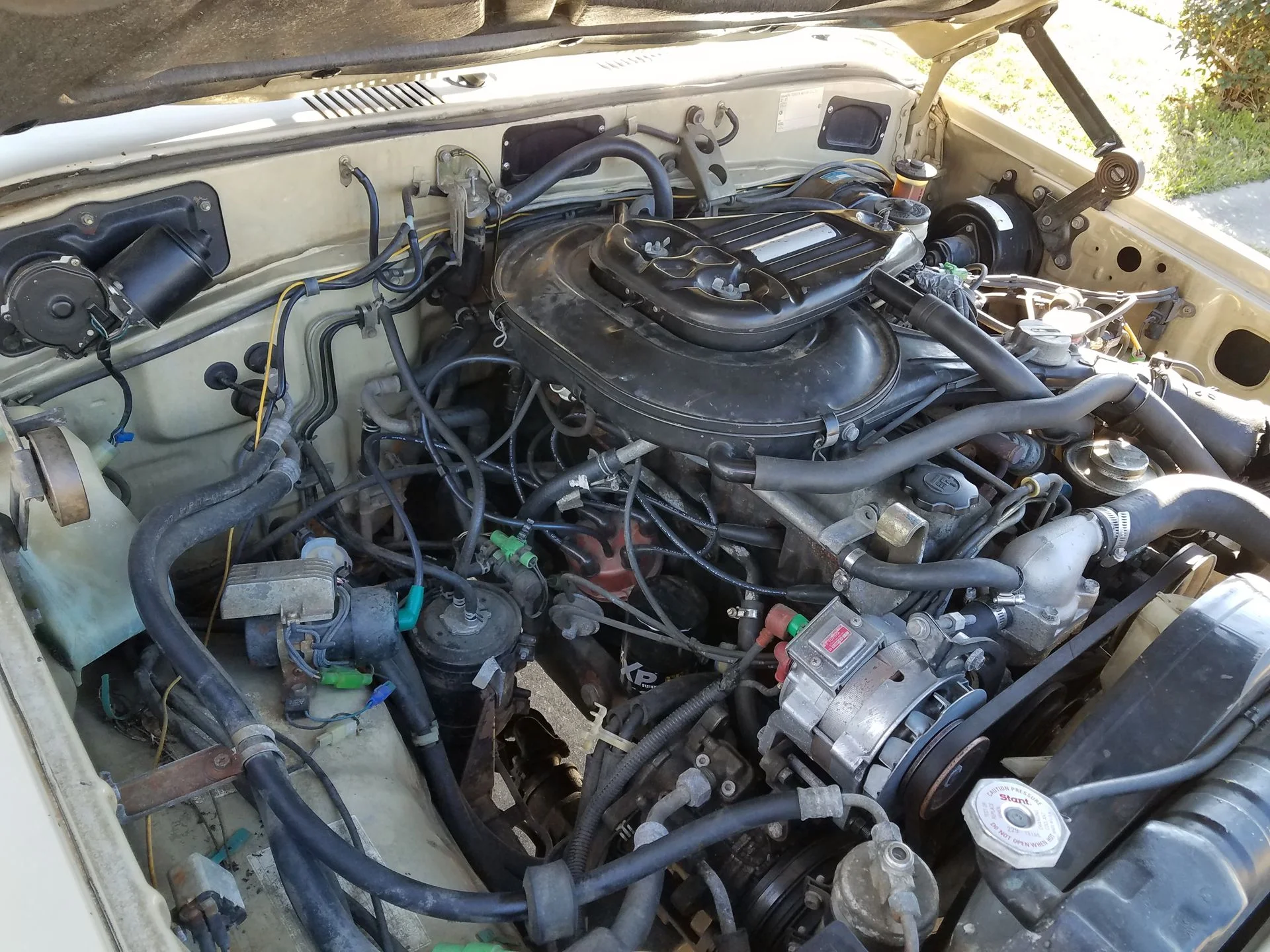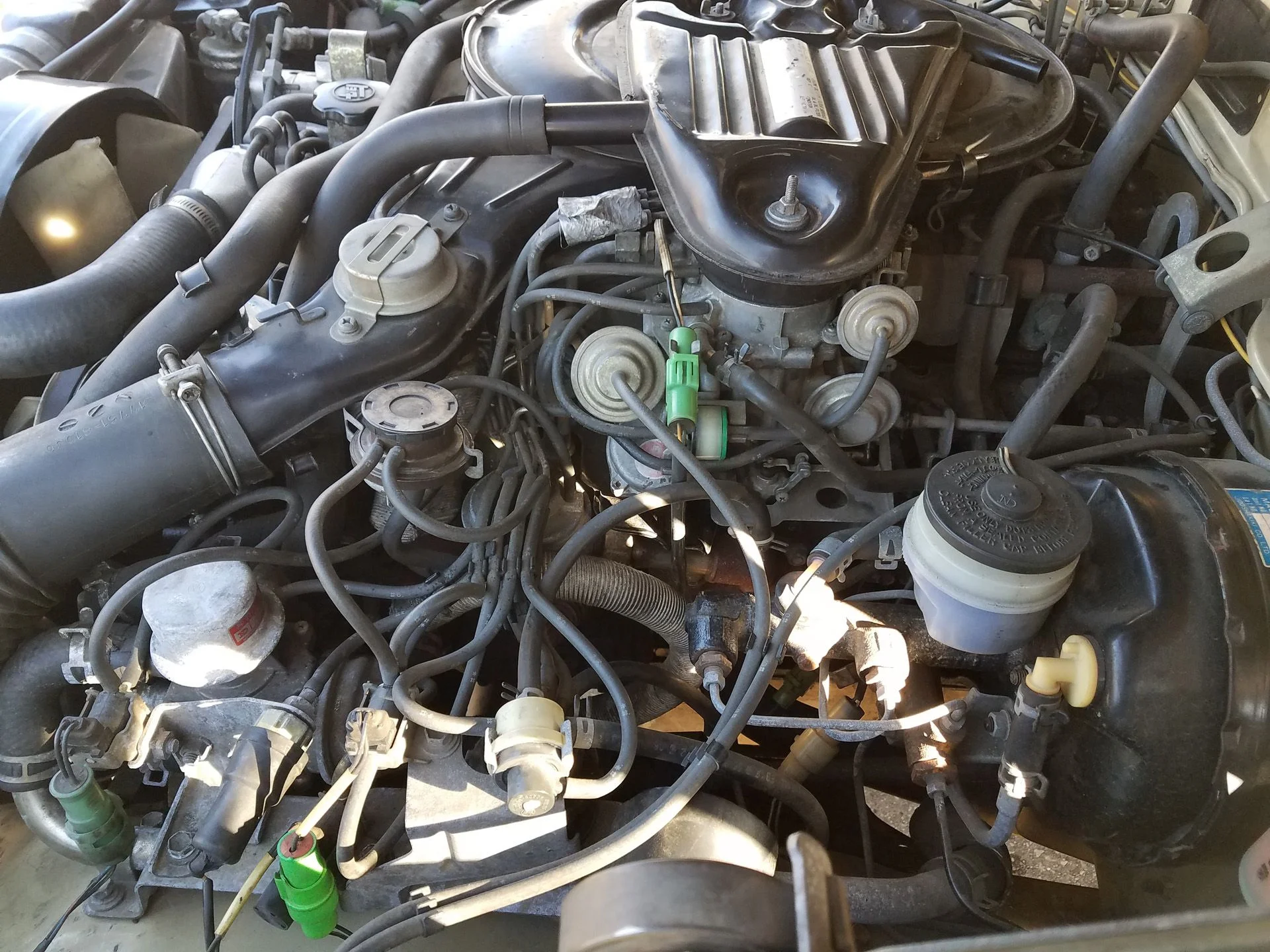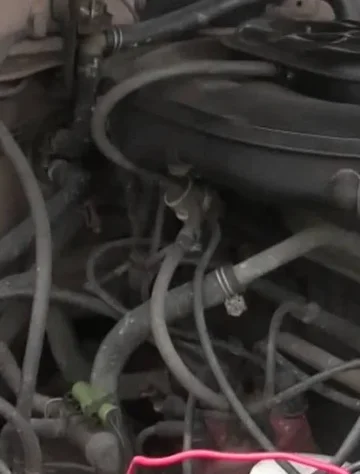Hi this if my first post to the forum and I am a lucky new (to me) owner of a 1982 FJ60.
I am new to all of this, but am having some issues right after I start her up and made a video to show the issues I am having. I read a bunch of threads but because of not having video reference (and being new to this) it is hard to tell if they are the same or different issues. I would love any feedback and recommendations and thanks to everyone in advance.
Btw there is a hole in the exhaust which needs to be fixed (hence the noise) and the carb was just rebuilt under 100 miles ago and she is running much better than before (after 5-7 minutes of warm up... which you will see on the video).
I am new to all of this, but am having some issues right after I start her up and made a video to show the issues I am having. I read a bunch of threads but because of not having video reference (and being new to this) it is hard to tell if they are the same or different issues. I would love any feedback and recommendations and thanks to everyone in advance.
Btw there is a hole in the exhaust which needs to be fixed (hence the noise) and the carb was just rebuilt under 100 miles ago and she is running much better than before (after 5-7 minutes of warm up... which you will see on the video).

